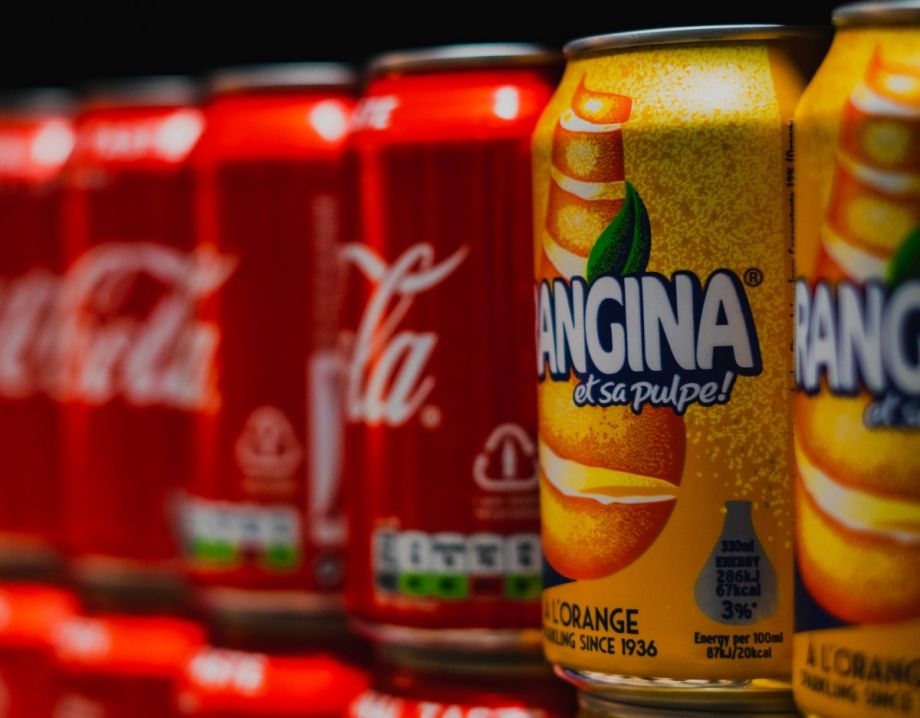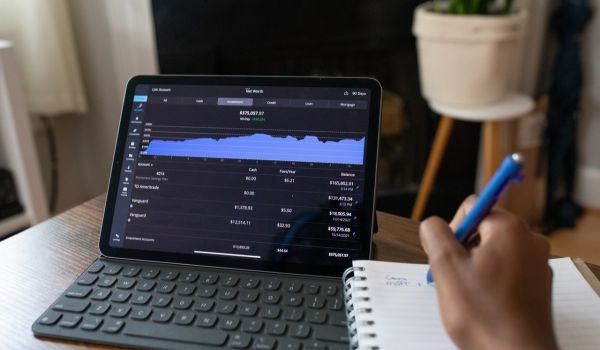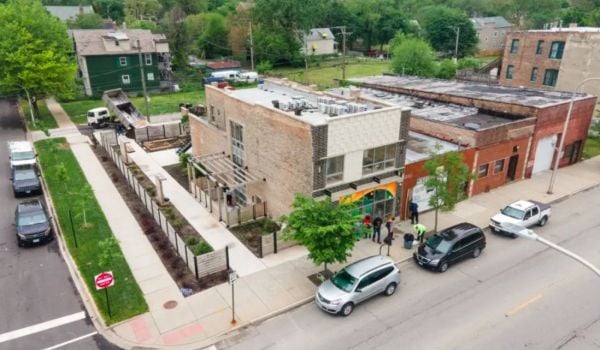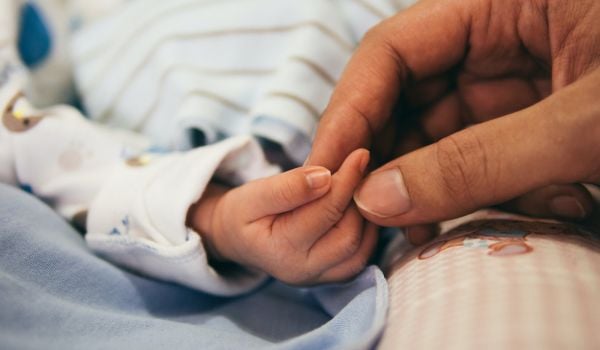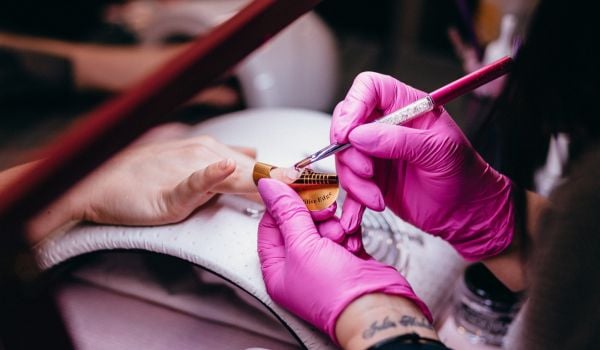Despite fierce and deeply funded opposition to the tune of more than $30 million dollars from the beverage industry, eight cities from Philadelphia and Boulder to Seattle and San Francisco have successfully levied taxes on sugar-sweetened beverages.
Soda and other sugar-sweetened beverages are the leading source of added sugar in U.S. diets and are associated with diabetes, obesity, cardiovascular disease and early death. Through taxes that average one to two cents per ounce, which are levied against distributors and passed to consumers 70% of the time, so far these taxes have successfully increased prices and ultimately reduced demand for sugary drinks without industry job loss.
While researchers are still waiting to see whether or not these taxes will have an impact on these critical public health outcomes, soda taxes are already making an impact in another area: equitable programmatic spending of the revenue they bring in.
Last month, researchers at the University of Washington and University of Pennsylvania published a study on the economic benefits of sweetened beverage taxes. Ultimately, the study found that sweetened beverage taxes have resulted in the transfer of funds to lower-income populations in all three cities they studied: Philadelphia, Seattle and San Francisco.
“When we set out to do this study, there was already a fair amount of research that has evaluated the effects of sugary drink taxes,” explains University of Washington epidemiologist Jim Krieger, one of the study authors and previously a co-chair of Seattle’s Sweetened Beverage Tax Community Advisory Board. Like tobacco taxes, raising the price of unhealthy products leads to a decrease in consumption and, hopefully, better health outcomes.
“As the [sweetened beverage taxes] started and became more prominent, the other side of the equation became more and more interesting,” Krieger notes. “Taxes raise revenues. If they’re invested properly, they can provide a way to further public health and community health goals.”
But that all depends on what the revenue from these taxes is spent on. So, Krieger and his colleagues set out to find out whether or not these taxes are fair.
First, they looked at spending. Because sweetened beverage taxes are flat taxes like sales taxes — everyone pays the same amount regardless of income, property ownership or other variables — the first question was if these taxes place an unfair burden on low-income people.
Across each of the three cities that the researchers looked at, the researchers found that “there was no difference between the dollar amount spent by high-income households in a year versus low-income households,” Krieger says. While the group did find that low-income households spend a higher percentage of their income on beverage taxes, the actual amount of money spent was the same per capita across income levels.
More importantly, though, the researchers found that, while low-income households pay a higher percentage of their income on these taxes, they’re also the primary recipients of the revenues that sugary beverage taxes produce. This means that while people across income levels are spending the same amount of money on these taxes, low-income households are benefiting most from them.
“We looked at revenue allocations in each city, line item by line item, to see what kinds of programs were being invested in or funded and who benefitted from them,” Krieger explains. They examined whether or not a given program was restricted to people with lower incomes and whether or not a program operated predominantly in low-income neighborhoods. “When we looked at that, in all three cities there was essentially a transfer for tax money from higher-income households to lower-income households. In every city, lower-income households got more back in benefits than they paid out in taxes,” he adds.
In Seattle, for example, lower-income households spent about $6 million annually on sweetened beverage taxes, but they received $12.5 million in benefits through programs funded by the tax. Higher-income households, on the other hand, paid about $16 million in taxes while receiving just $3.1 million in benefits — “a lot less than the low-income folks,” Krieger notes.
“The bottom line is that … because of the way revenues are allocated, they provide financial benefits to low-income households. By that definition, they’re a progressive tax policy because they shift resources from higher income households to lower income ones.”
It’s that promise that helped Philadelphia’s current mayoral administration successfully pass a sugary beverage tax after two previously failed attempts. Jim Engler, the chief of staff for Philadelphia Mayor Jim Kenney, explains that policymakers tied the messaging of the tax to not only health benefits, but the funding benefits it would produce for early childhood education in the form of community schools and pre-kindergarten.
Philadelphia’s first cohort of nine community schools launched in July 2016, while the city’s pre-K program launched with 2,000 seats in January 2017, the same month that the city’s beverage tax took effect. Today the city has 4,300 pre-K seats and 20 community schools, thanks in part to the city’s beverage tax.
“We’re launching three new community schools this year from zip codes that have high rates of gun violence, out-of-home child welfare placement, and low-school attendance,” Engler says. “We’re also targeting low-income zip codes for our pre-K program.” About 85% of children in the program are non-white, and about 71% of children’s household incomes are below 300% of the poverty line.
Naturally, the key to ensuring such programmatic benefits is tax revenue dedication, or the earmarking of tax revenues for specific programs. Christina Wong, the public policy and advocacy director for a Washington food justice organization Northwest Harvest, explains that community feedback and ensuring that the group had a clear mission and value set to work from was key to getting to the equity that Seattle’s beverage tax enjoys today.
“We worked to quickly build out a survey to do a temperature check of the organizations involved with the [committee] so we could reach out and get some input [from them],” says Wong, who was also co-chair of Seattle’s soda tax advisory board with Krieger before transitioning to a regular seat. On the values front, “a key value was balancing the expertise [of research] with … what the community says” through listening sessions, for example.
One of the funding outcomes has been supporting Seattle’s Fresh Bucks program that helps lower income people buy more fruit and vegetables at grocery stores and farmer’s markets. More than 12,000 Seattle households enrolled in the program receive $40 or more to spend on fruits and vegetables; most of these low-income households are people of color or undocumented immigrants.
Researchers say they hope other cities interested in implementing sweetened beverage taxes will look at what these three cities have done to ensure the tax revenue is being invested into communities that have faced disproportionate health effects of these sugary drinks.
This story has been corrected to note that in Philadelphia’s pre-K program, 71% of children’s household incomes are below 300% of the poverty line (rather than 71% of children are living at 300% below the poverty line, as Engler originally stated).

Cinnamon Janzer is a freelance journalist based in Minneapolis. Her work has appeared in National Geographic, U.S. News & World Report, Rewire.news, and more. She holds an MA in Social Design, with a specialization in intervention design, from the Maryland Institute College of Art and a BA in Cultural Anthropology and Fine Art from the University of Minnesota, Twin Cities.
Follow Cinnamon .(JavaScript must be enabled to view this email address)

